Hiking a long distance trail means spending time in natural areas. Staying safe on your hike is your responsibility. Make sure to gather enough information and plan your hike in advance.
1) Take Maps
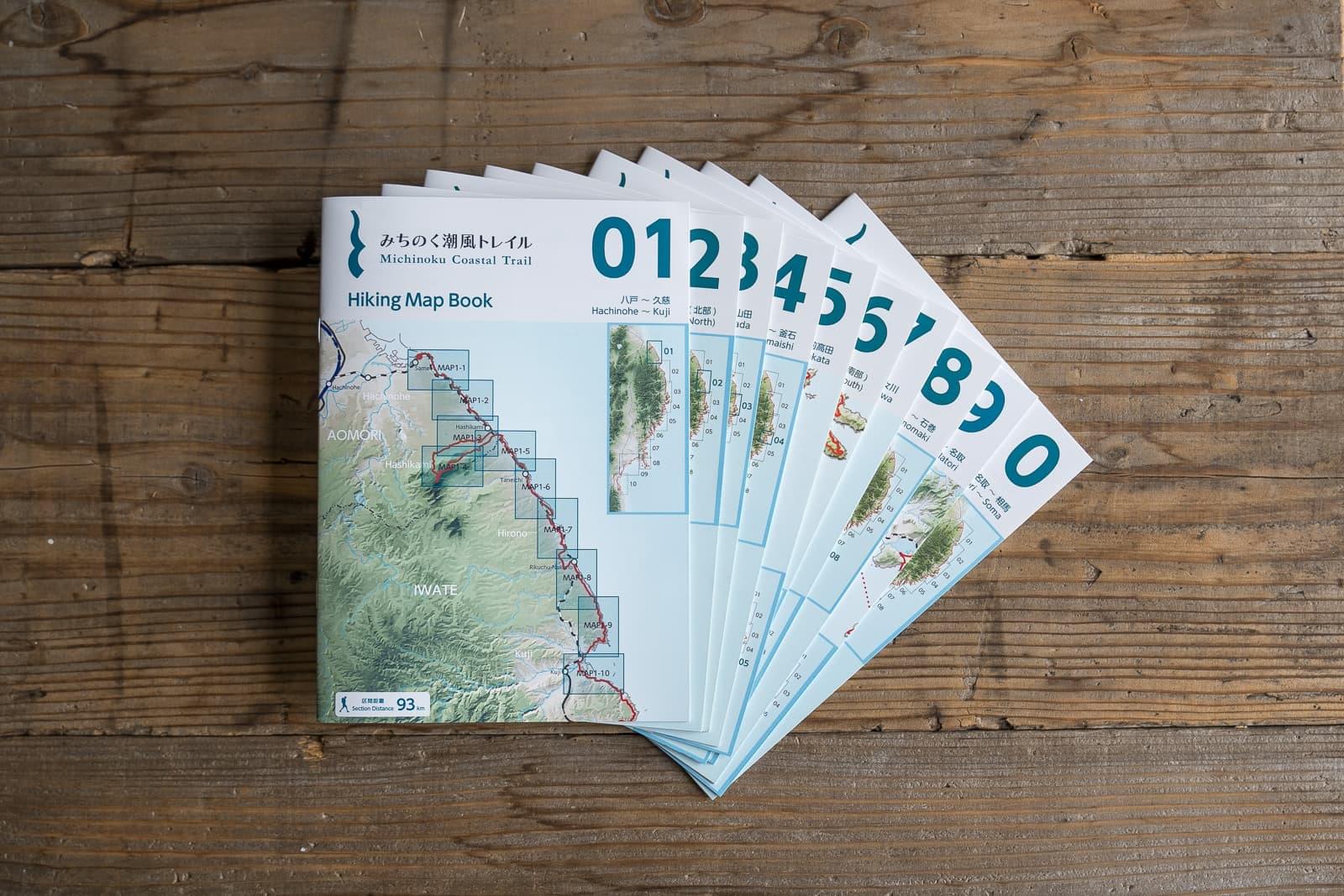
Please take official paper maps with you and refer to them as you hike. There are markers and other signage for the Michinoku Coastal in turns that are especially confusing, but you can not hike the Michinoku Coastal just by looking for signage. The course and signage was designed to be walked by hikers using maps. Before your hike, buy the necessary Hiking Map Books published by Michinoku Trail Club. You can see a list of facilities selling the Hiking Map Books here. If you live further away or overseas, you can also use the online shop to buy copies.
There is also supplemental map data that you can download to check the route and where you are in relation to it on your smartphone.
Also make sure to check this website for important alerts along the trail before your hike.
2) Make a Plan
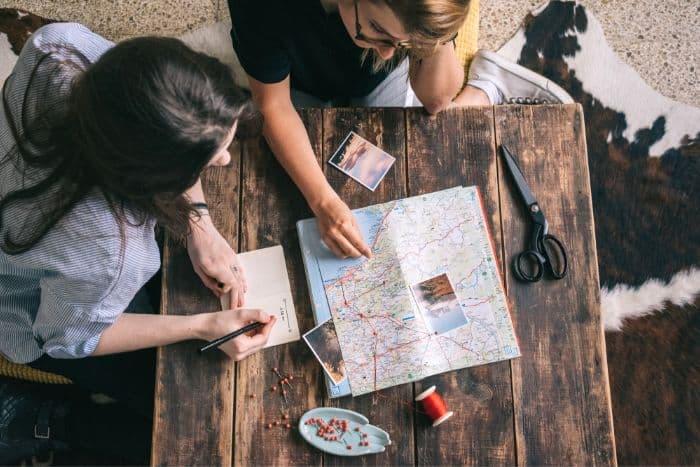
The first step toward a Michinoku Coastal Trail hike is making a plan. From where to where do you want to hike, where will you be able to stock up on food and water, where are you going to stay? You can use the paper maps and the Google Map, and search on other online resources to get the info you need to answer these questions and form a hiking plan. The Data Book is another valuable planning resource that has information for the whole trail including cumulative distances from the southern and northern terminus, elevation differences, nearby stations, toilets, sources of water, stores and more. Choose a route that fits your situation and abilities. Do not plan to push yourself.
There are parts of the trail that are not walkable during high tide, so also check the tide charts.
Some satellite facilities and local governments/tourism associations along the MCT route have made their own maps and recommended courses for the trail, so you can use those as a reference for your hike and to enjoy your experience even more.
3) Be Equipped
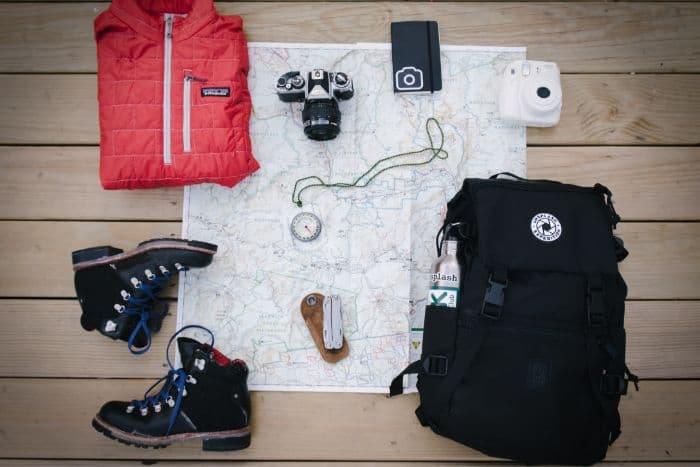
The Michinoku Coastal Trail generally goes along the coastline but there are parts that go into mountains, or come down cliffs. In some places, you will walk on sandy beaches, and in others, you will be walking on pavement. You’ll need to know your route (and season) to know what to prepare. Once you have gathered information about what conditions to expect on your hike, use your favorite hiking resource (search for keywords like “trail hiking gear list”) to decide what clothing and other items you need to bring.
4) Enjoy the Trail in Many Ways

There are many different ways you can enjoy the Michinoku Coastal Trail! You can choose the way(s) that work for you and fit with your situation.
① Day Hiking: Pick an area that looks the most interesting and spend a day hiking that course.
② Section Hiking: Walk a section over the course of a couple days or even weeks.
③ Thru-hiking: Walk the entire Michinoku Coastal Trail! You could also section hike over time to eventually hike the whole course that way.
5) Read the Alerts
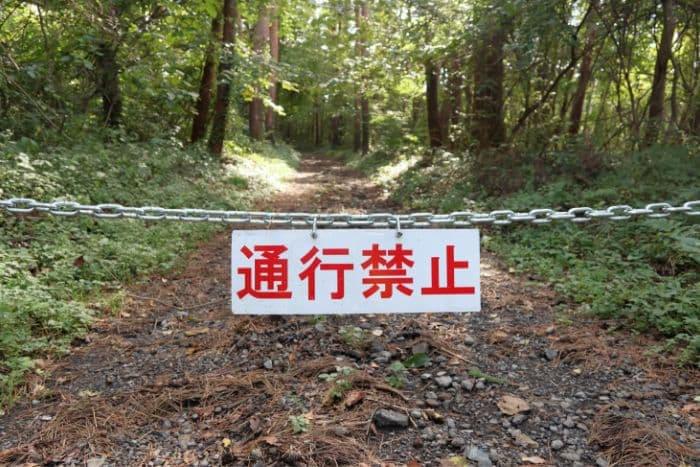
Please make sure to check the alerts on Michinoku Trail Club’s website! Alerts are very important for your safety and contain news about the following information:
- Changes to the Michinoku Coastal Trail route and detours due to construction
- Potentially dangerous plants and animals along the trail (bears, ticks, leeches, etc)
- Alerts on when and where hunting (harmful wildlife control) will take place
- Natural disaster related information
- Other relevant information
6) Things to Keep in Mind During Your Hike

- Choose your resting and camping spots carefully
Be careful to choose places that minimize your impact on the ground.
Camping should be done at campgrounds or in areas where permission has been obtained from the landowner or locals. - Be kind to people, plants and animals
Be considerate of locals. Wild animals and plants live in natural areas the trail passes through. As you walk, remember you are a guest. - Protect our trail
Avoid walking off trail, and be mindful of your impact on natural areas. - Bring garbage home
Take everything you brought in with you. Make sure that you are not contributing to water and ground pollution and otherwise acting to protect the local environment, plants, and animals. Plan to use toilets whenever possible. - Be very careful with fire
Take the utmost care with fire. Campfires in designated areas only. Only take dead branches or wood that can easily be broken or picked up.
7) In case of a natural disaster
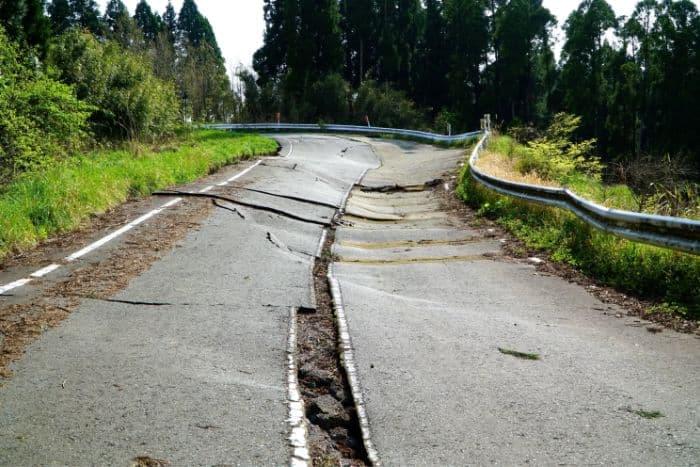
Look up and take note of evacuation information in advance. Always keep in mind that natural disasters can happen at any time. Find out details about the areas you plan to hike and consider what kinds of natural disasters could happen there. Along the Michinoku Coastal Trails, possible natural disasters include typhoons, earthquakes, tsunamis, heavy rain, and landslides. If a disaster strikes, don’t panic, and act to protect yourself.
In case of a tsunami, go up: get to high ground immediately.
8) About emergencies

You are responsible for managing the risks of what could happen during your hike. In case of injury or accident, please call 110 for the police. If you do not speak Japanese, carry phone numbers you can use in case of an emergency such as the Japan Visitor Hotline.
You can check your location using smartphones: check how to do this in advance, just in case.。
It’s important to keep rain gear and/or warmer clothing, a flashflight or other light, a charger, water, and food in your bag in case you are stuck somewhere unable to move.
Also be aware that there are some areas on the Michinoku Coastal Trail without cell reception. Work to reduce your risk by telling people where you are going, where you are staying, and when you plan to come back.